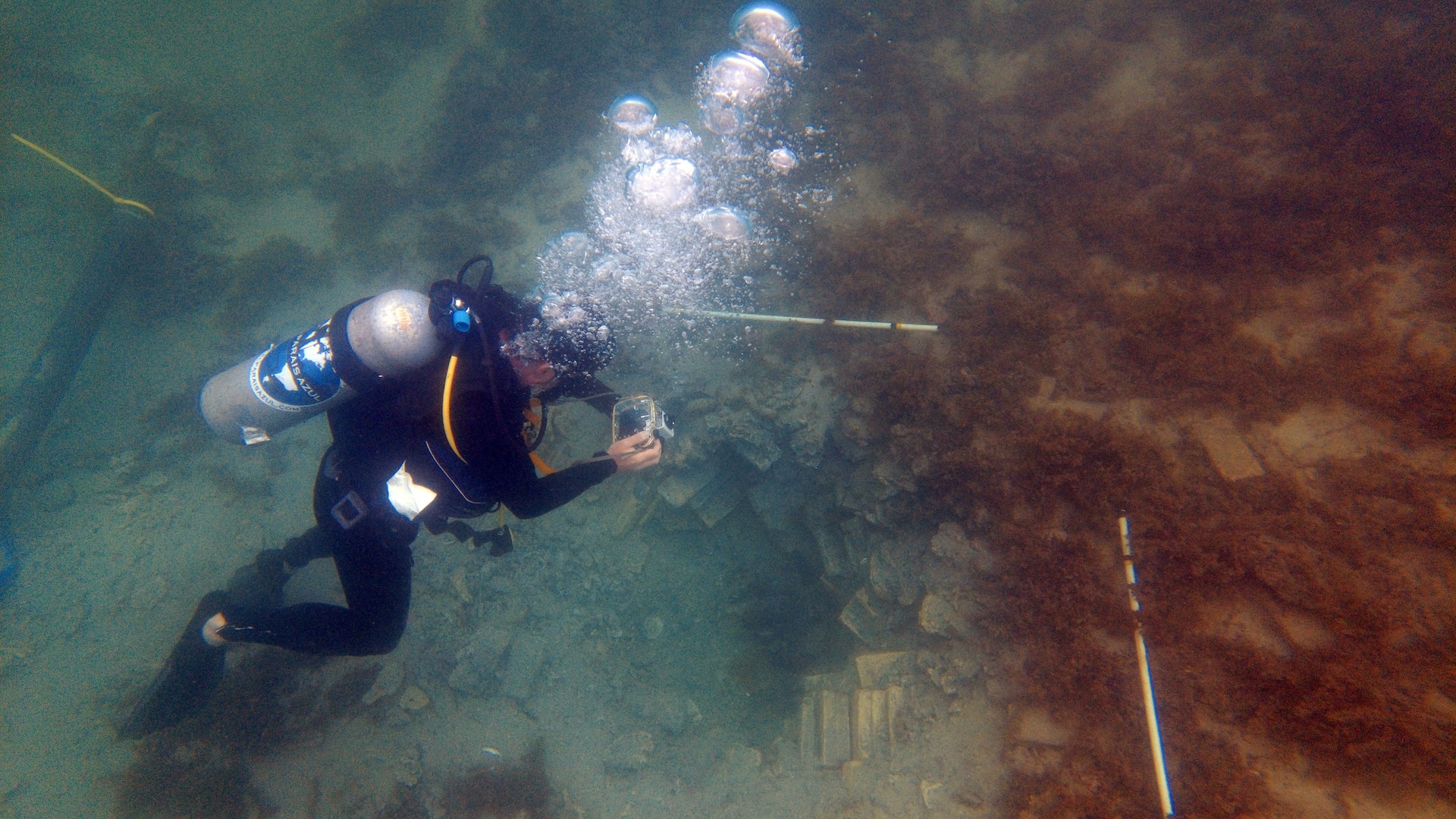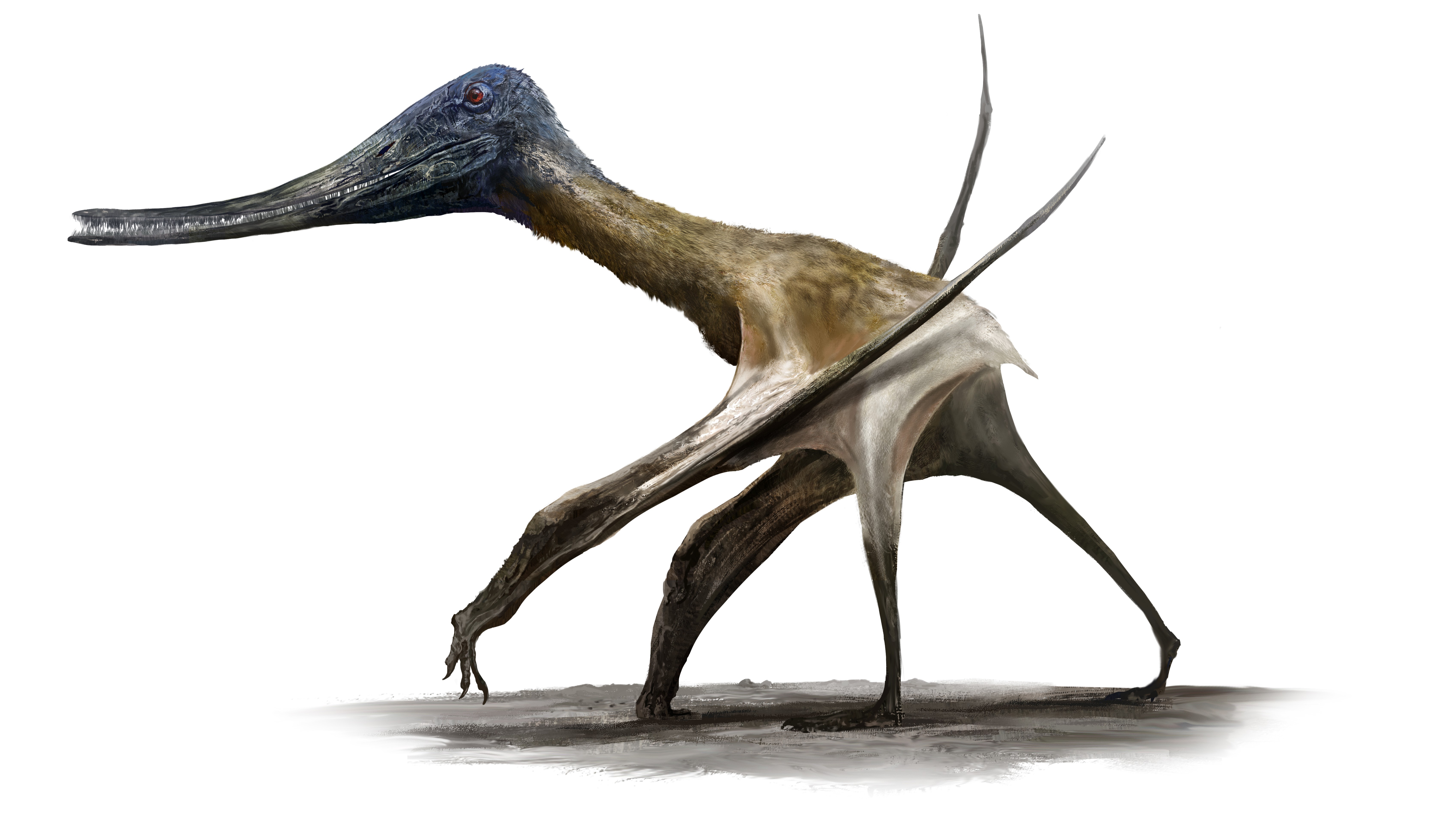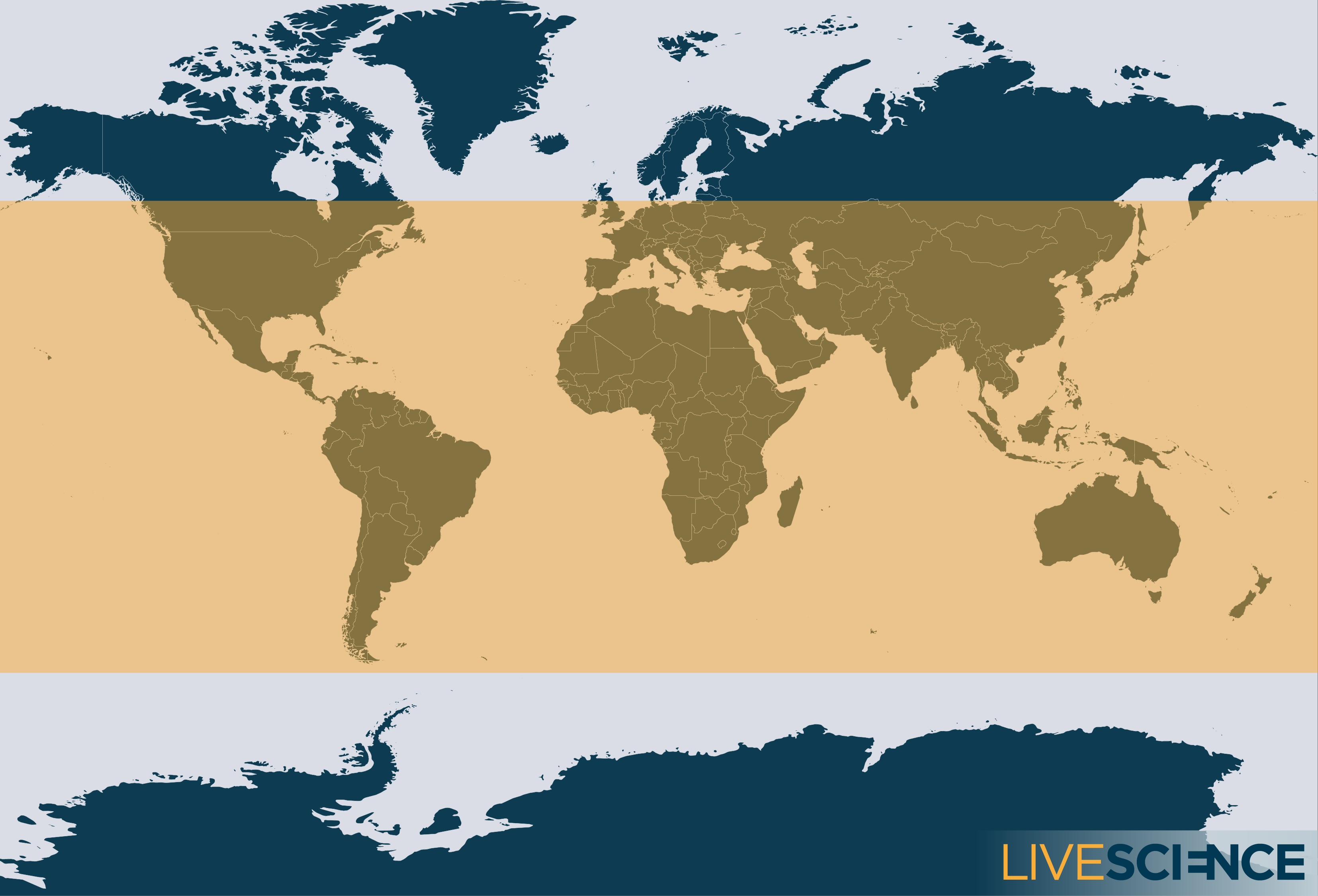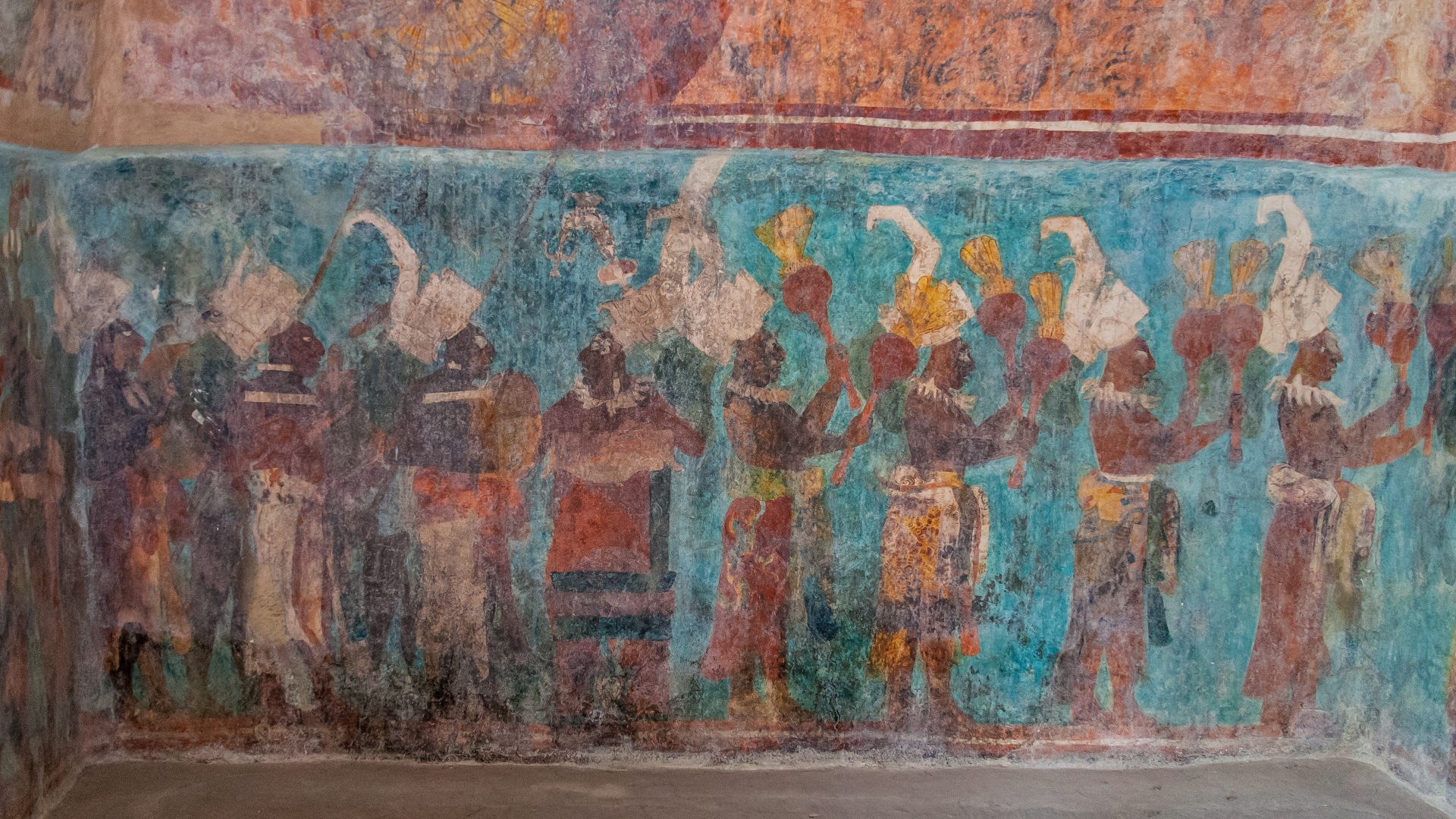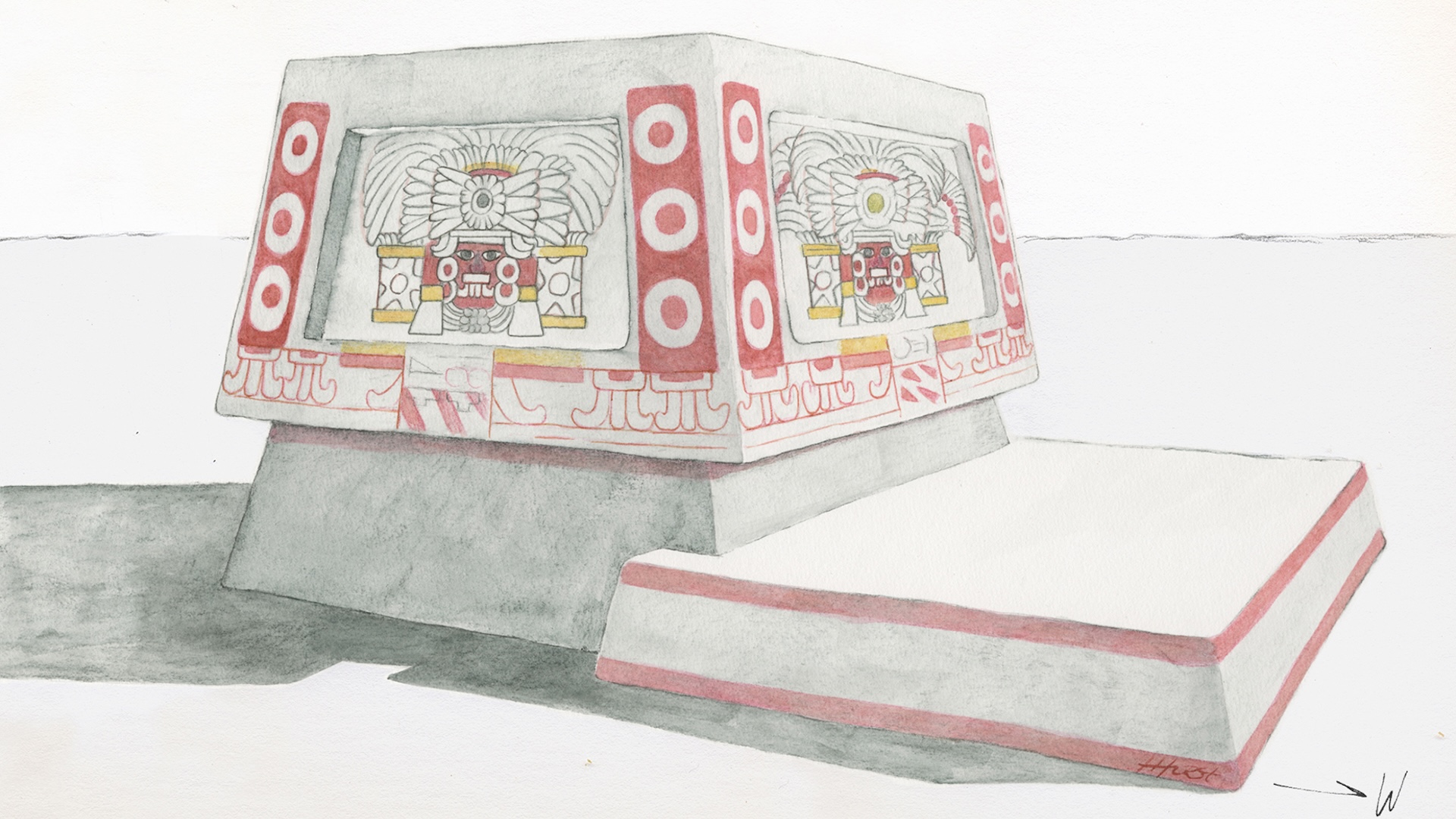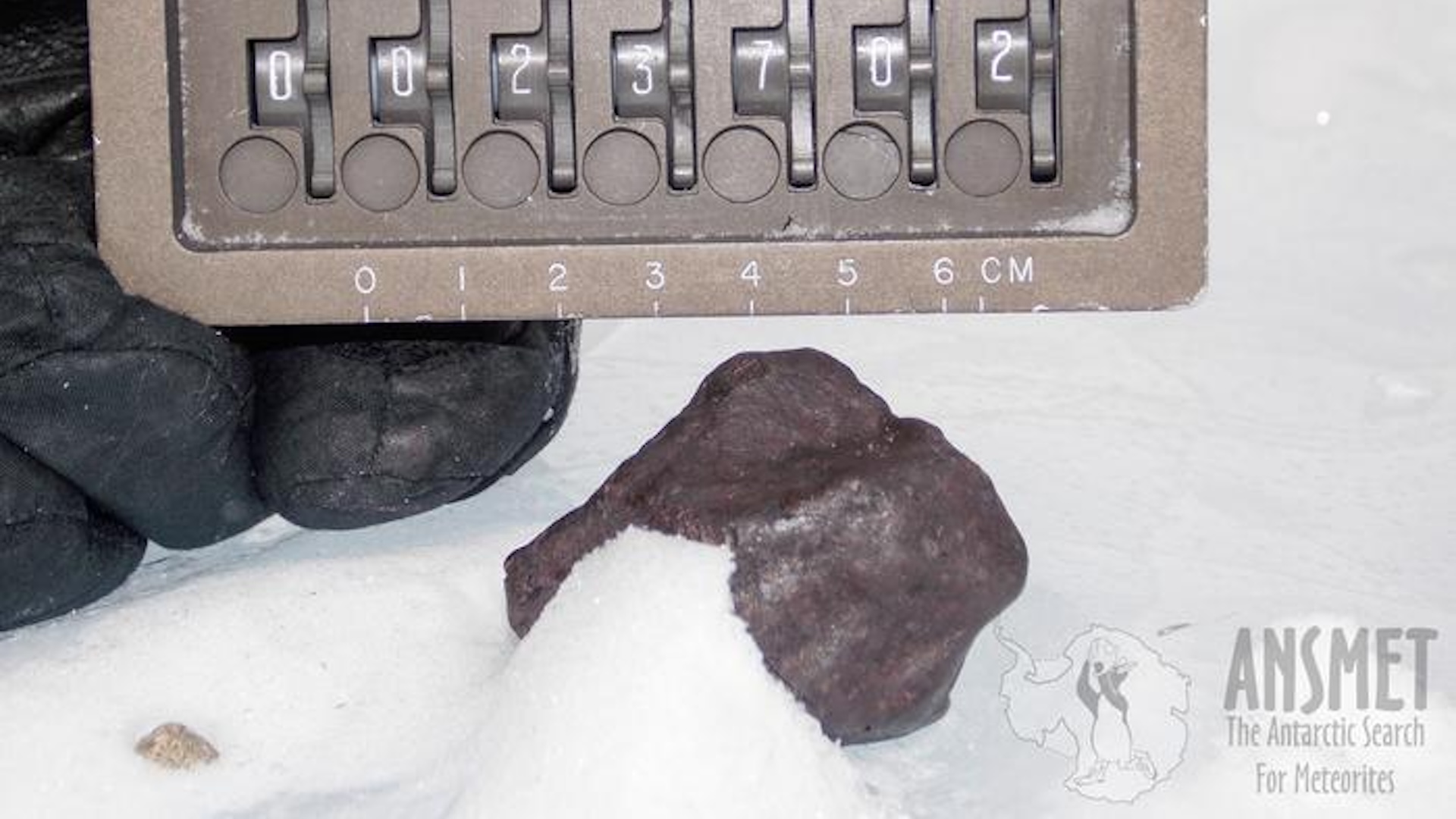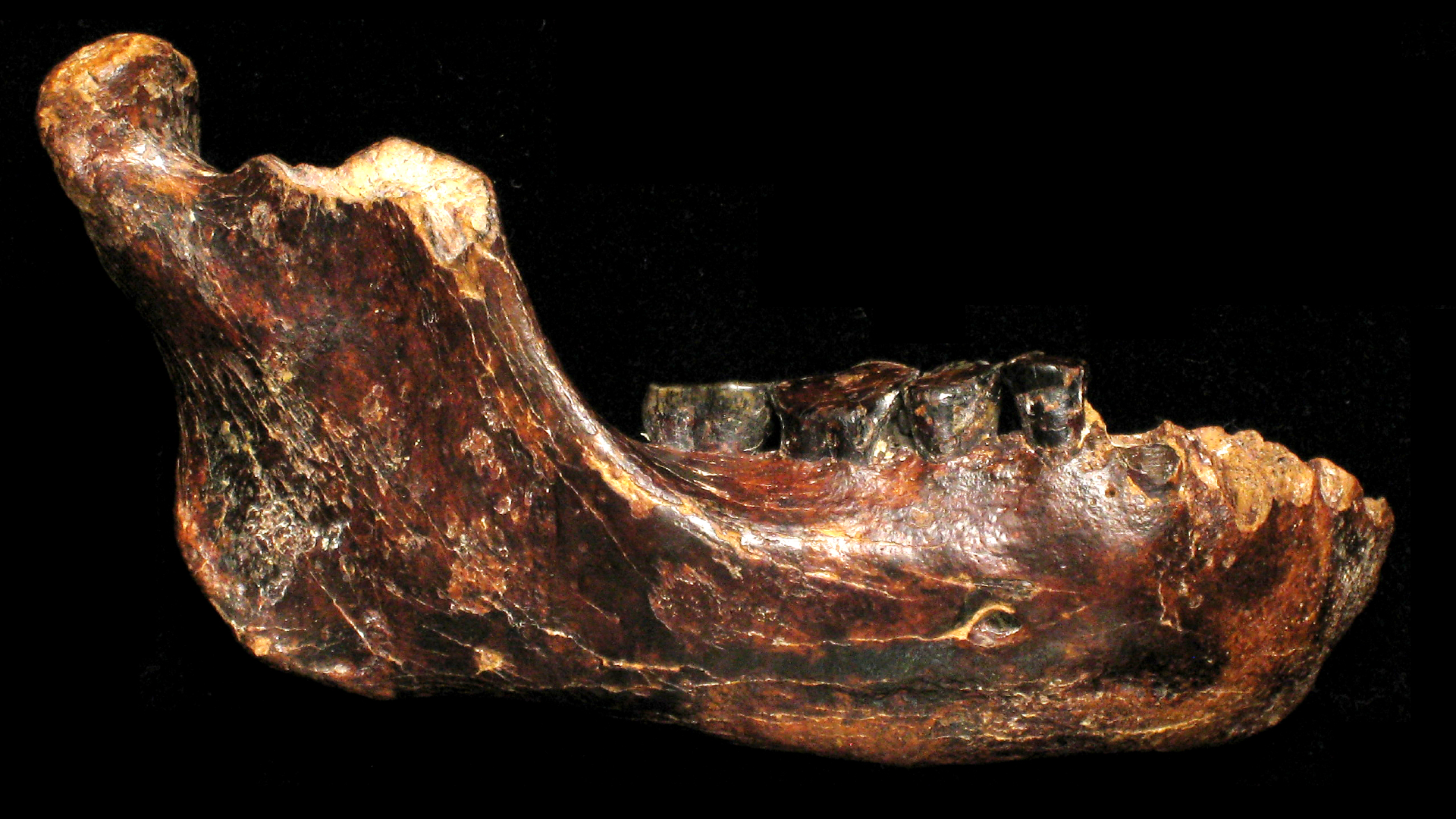
Tiny Trio of Amphibians Discovered in Colombia
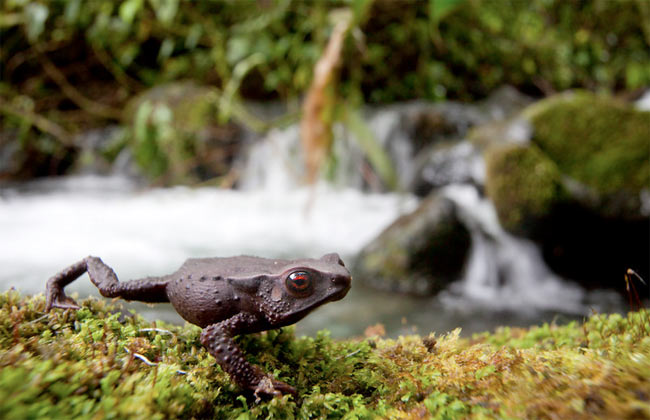
A trio of amphibians – including a toad with ruby eyes, another with a long beak and a penchant for taking cover on dead leaves, and a frog sporting "racing stripes" on its legs – are thought to be completely new to science, researchers who discovered the gang in western Colombia announced Monday (Nov. 15).
"I have never seen a toad with such vibrant red eyes," said Robin Moore of Conservation International, referring to the new toad whose genus is still undetermined. "This trait is highly unusual for amphibians, and its discovery offers us a terrific opportunity to learn more about how and why it adapted this way."
Moore led the September expedition along with Don Church of Global Wildlife Conservation and Colombian scientist Alonso Quevedo of Fundación ProAves. The team was searching for the long lost Mesopotamia beaked toad, which hasn't been seen since the start of World War I, and is considered critically endangered by the IUCN Red List of Threatened Species.
"After spending several days searching for the Mesopotamia beaked toad with no success, the team's spirits were pretty low," Moore said. "But finding these new species, including a new beaked toad, was like a shot of adrenaline. We definitely left on a high."
Meet the trio:
The new species of beaked toad, which belongs to the genus Rhinella, was found in the rainforests of Chocó, Colombia. The color and shape of the toad's head resemble dead leaves, where the about 0.8-inch (2 centimeters) long animal hides out. The toad likely skips the tadpole stage, laying eggs on the forest floor that hatch directly into toadlets.
This Rhinella species, which shows a resemblance to villain Monty Burns on the TV series "The Simpsons," got a nod from series' writer/producer George Meyer, who after seeing the toad's photo said, "The toad's imperious profile and squinty eyes indeed look like Monty Burns." Meyer is an active member of Conservation International's Chairman's Council.
Sign up for the Live Science daily newsletter now
Get the world’s most fascinating discoveries delivered straight to your inbox.
The ruby-eyed toad is about 1.2 to 1.6 inches (3 to 4 cm) in length and was found on the forest floor. Its discoverers know nothing about this species other than where it lives, which is at an elevation of around 6,560 feet (2,000 meters) in the Chocó montane rainforest.
The rocket frog, belonging to the genus Silverstoneia, is a type of poison dart frog. This small species, growing no larger than 1.2 inches (3 cm) in length, is less poisonous than its brightly colored relatives. The frogs live in and around streams, where they carry newly hatched tadpoles on their backs to deposit them in water to complete their development.
The discoveries came out of the first phase of the Search for the Lost Frogs campaign, which will continue through the end of 2010.
The scientists say they will continue their search for the Mesopotamia beaked toad. Thanks to support from the U.S. Fish and Wildlife Service, the four organizations involved in the Colombian search have hired a team of young researchers to explore the mountains of Colombia in search of this and other lost species.
The research team included members from Conservation International, the IUCN Amphibian Specialist Group, Global Wildlife Conservation and Fundación ProAves.
- Mug Shots: 10 Lost Amphibians
- Gallery: Bizarre Frogs, Lizards and Salamanders
- 10 Species You Can Kiss Goodbye

